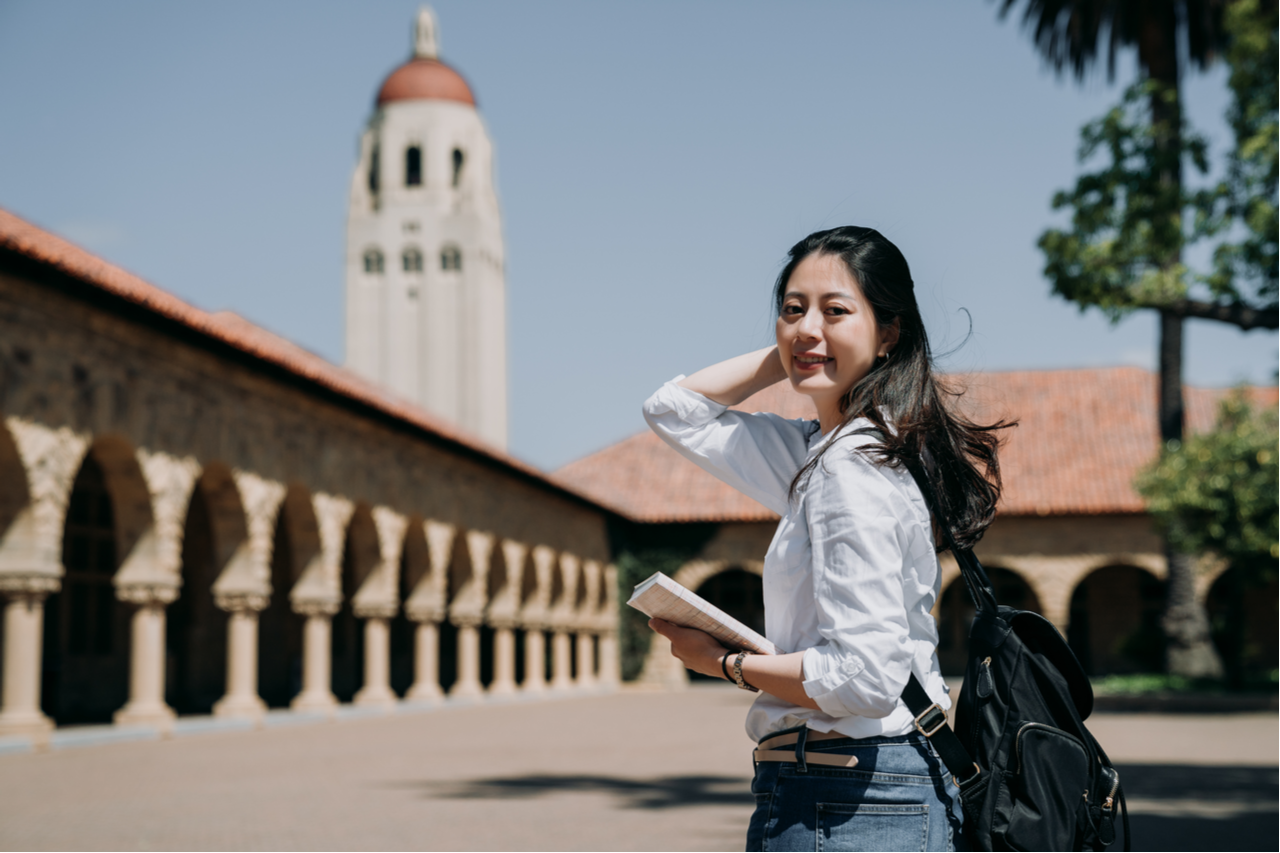Student life is often characterized by fastidious saving and bargain buys, but for most of the 370,000 Chinese enrolled in U.S. universities, frugality and cautious spending are of little concern. According to China’s Ministry of Education, 90 percent of students living abroad pay full-tuition using personal or family funds. They belong to China’s affluent second generation, who are estimated to have contributed 11.5 billion to the American economy in 2018 in a multitude of sectors like housing, automotive, high-end fashion, and, of course, education.
Over the past decade, the U.S. university diploma has become one of the country’s great national exports, and it is within this context that the Ministry of Education’s June 3 warning must be considered. In a short statement, the agency responsible for regulating and advising all aspects of China’s education system drew attention to Chinese citizens increasing difficulty in obtaining and extending their students visas, going so far as to mention this rising refusal rate.
While stopping short of actively dissuading Chinese citizens from applying to American universities by reminding, “students and academics of the need to strengthen risk assessment before studying abroad, enhance prevention awareness, and make corresponding preparations,” the Ministry did appear to make a thinly veiled threat to undermine the flow of Chinese students to the U.S.
If this were to occur, the potential damage to the real estate and luxury industries (just to pick just two) could be substantial. In 2018, Chinese buyers spent an estimated 30.4 billion on residential housing, according to the National Association of Realtors, with many of those purchases accompanying attendance at nearby universities. In Irvine, California, for instance, a city that’s home to a cluster of world-renowned universities, 70 to 80 percent of newly built house purchases in 2017 were made by Chinese parents.
In the realm of luxury shopping, Chinese consumers already account for a third of luxury spending globally in part aided by the presence of Chinese students abroad and subsequent family visits. Indeed, 34 percent of students attending college in New York and Boston regularly buy luxury goods to take home and a similar percentage claim to make high-end shopping trips at least once every three weeks. With an estimated 83 percent of Chinese millionaires planning to send their children to school abroad, it’s not likely that such spending will stop, but rather, it will happen elsewhere.
The number of Chinese students at American universities has flatlined since 2010, and when seen through the lens of the National Travel and Tourism Office’s announcement that the U.S. saw a 5.7 decrease in Chinese visitors across 2018, the potential for the US-China trade war to significantly hamper industries beyond agriculture or manufacturing seems both unavoidable and worrying.
Just as with America’s tourism industry, the U.S. may be exceedingly appealing to young Chinese students, but it is far from having a monopoly on the education market. Countries such as Canada, Australia, and the United Kingdom are blessed with equally prestigious academic institutions that also attract students from China. In fact, 40 percent of U.K. international students hail from China, and the country recently became the most popular overseas study destination for Chinese students, according to Boston Consulting Group. And the longer this U.S.-China standoff continues, the more these perceptions will become entrenched.
While purely advisory, the Ministry of Education’s warning must be seen in context. Last year, the Trump administration moved to place a one-year visa cap onto Chinese graduate students that were studying in areas like aviation, robotics, and high-tech manufacturing. In addition, a group of six Republicans proposed legislation in Congress in mid-May that would prohibit anyone employed or sponsored by the Chinese military from receiving student or research visas to the United States.
With the Trump administration’s growing wariness toward Chinese students and an increased willingness to be confrontational on the Chinese side, expect Chinese enrollment numbers to dip if a rapprochement is not reached.

